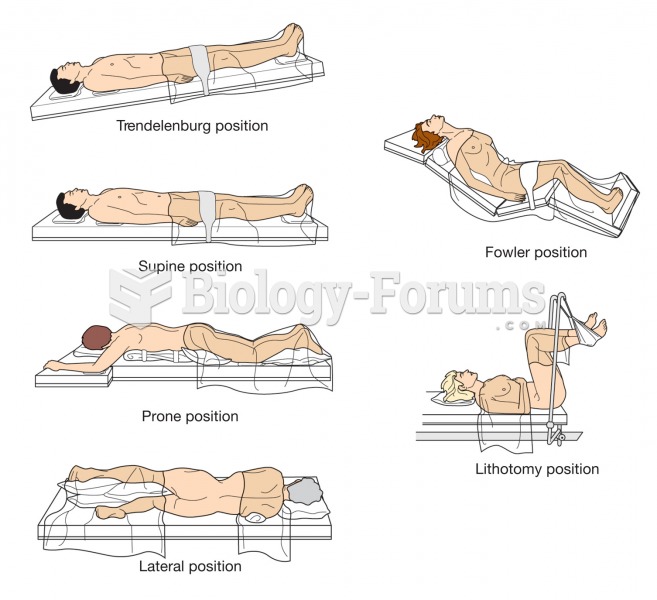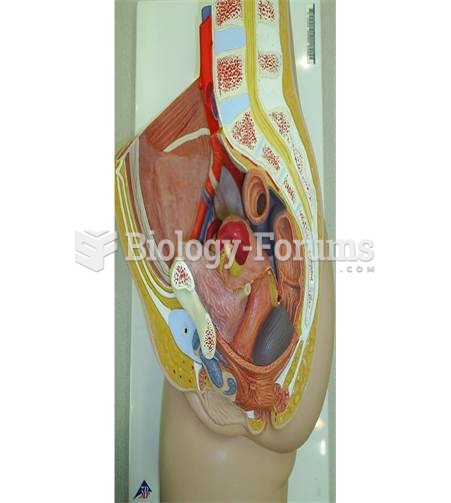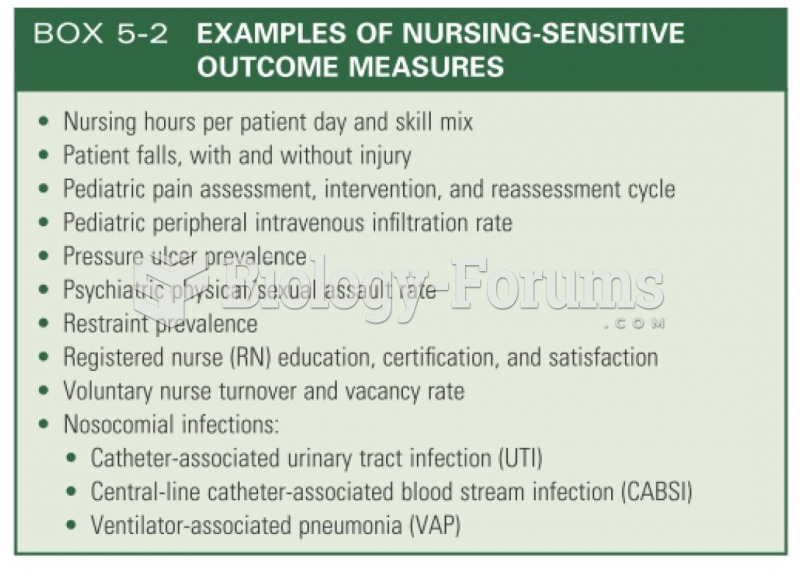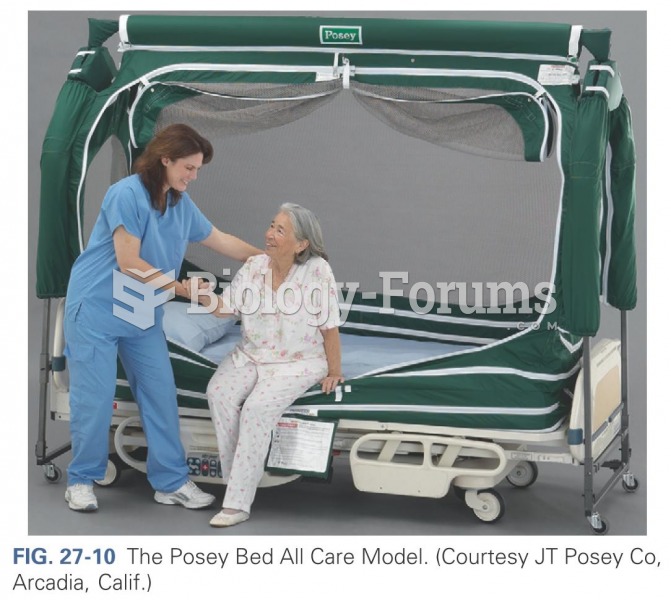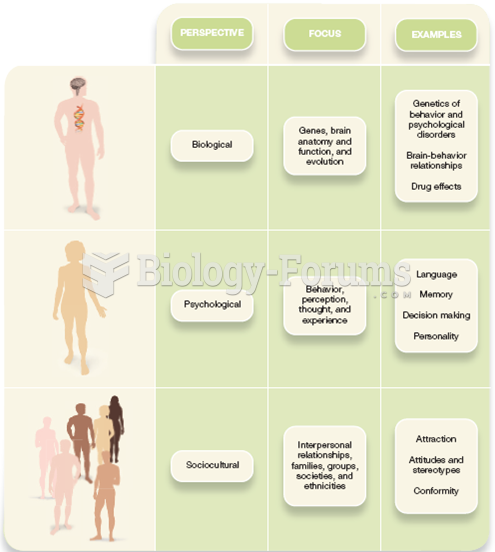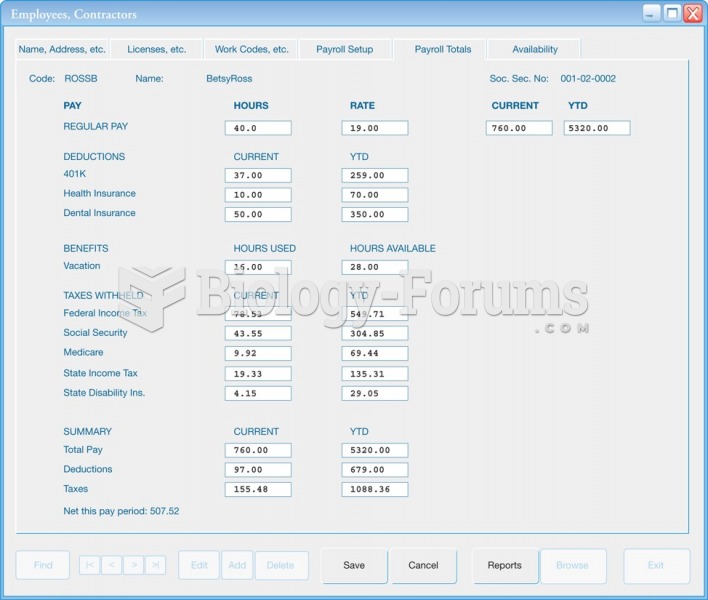Answer to Question 1
Explain and give examples of three-tier model of PBS program:
Tier 1: Universal focuses on all students in the environment, typically the entire school. During this tier, students are given three to five positively state rules that are applied in all nonclassroom areas of the school. Example: Students will walk in the hall. Students will keep their hands to themselves. Students will use quiet voices.
Tier 2: Targeted focuses on students identified through office referrals and in-school suspensions as exhibiting problem behaviors not addressed by Tier 1. Students receive social skills instruction and peer monitoring programs. Example: Jon and Sara have been identified as having excessive office referrals for arguing with peers. They are provided with an opportunity to participate in a social skills group that role plays ways to resolve conflicts.
Tier 3: Intensive focuses on students with chronic behaviors. Students identified for Tier 3 intervention, may require a functional behavior assessment in order to determine the function of the behavior and identify a function-based program to address the behavior problems. Example: Jon continues to struggle with getting along with his peers. The team decides that he needs to have an FBA conducted to determine the function of his behavior. After conducting the FBA, the function is determined to be attention. Jon argues with peers to gain the attention of his teacher. The team develops and implements an intervention program that teaches Jon an appropriate behavior that serves the same function, gain attention.
Answer to Question 2
T


